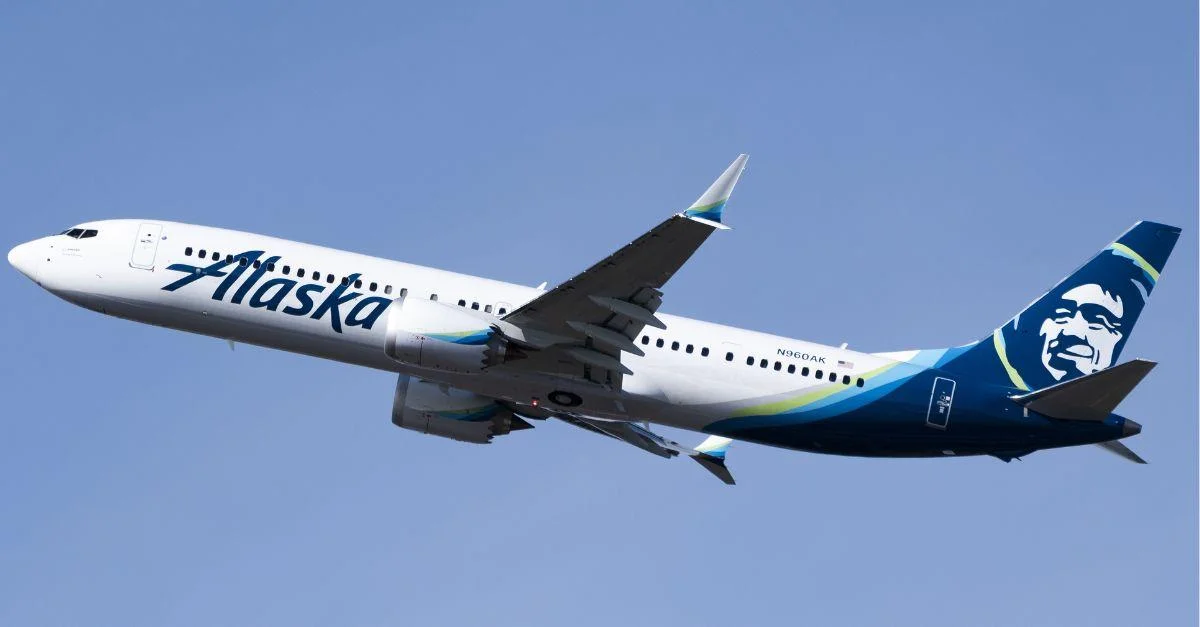A notable incident occurred in January 2024 when a door plug blew out on an Alaska Airlines MAX 9 during flight. This event led the Federal Aviation Administration (FAA) to cap production at 38 aircraft per month until sustained quality improvements could be demonstrated.
Entering 2025, Boeing responded by reshaping its production network. In May alone, Reuters reported that Boeing secured over 300 new orders and delivered enough jets to meet its monthly target for the first time after months of difficulty. Plans are underway to convert part of the Everett facility into a dedicated assembly line for the larger MAX 10 variant while freeing up Renton for higher-volume models like the MAX 8 and MAX 9. If regulators approve, this reconfiguration could allow monthly output to reach up to between 42–47 jets initially—and potentially as high as 52 per month over time.
Several factors drive this strategy: a backlog exceeding 4,700 unfilled orders for the MAX represents billions in deferred revenue; regulatory oversight remains strict following recent safety incidents; strong order momentum was seen with record-breaking deliveries in May; strategic changes at manufacturing facilities aim to boost flexibility; and defect rates have fallen by about thirty percent since early disruptions.
CEO Kelly Ortberg said during internal updates that reductions in defects and stabilization of workforce numbers support plans for sustainable increases in output: “Defect reduction and workforce stabilization are paving the way for sustainable increases.” The FAA maintains there is “no current plan” to lift existing caps until consistent quality improvements are proven over several months.
Airlines continue showing confidence through large orders signed recently—a trend noted by FlightGlobal—as well as recognizing previous commitments that strengthen Boeing’s position within industry backlogs.
Boeing also completed removal of stored undelivered jets from Moses Lake, Washington—a location that once held more than one hundred parked aircraft after earlier groundings—signaling progress toward normalizing delivery operations.
Comparisons with Airbus highlight differences: Airbus has steadily increased A320neo family deliveries post-pandemic (over five hundred units delivered annually), enjoys a larger overall backlog (7,239 vs roughly five thousand six hundred across all programs), and faces fewer regulatory hurdles but some engine shortages affecting schedules. By contrast, Boeing’s approach relies on facility reconfiguration aimed at flexible long-term scaling if FAA restrictions ease.
Risks remain substantial: without regulatory approval beyond thirty-eight jets per month, investments such as Everett's conversion may not yield immediate returns; ongoing supply chain constraints affect both manufacturers; relations with Chinese regulators complicate deliveries meant for China; sanctions prevent sales into Russia requiring alternate buyers; reputational risks persist should any future lapses occur.
Despite these challenges, clearing inventory backlogs alongside robust new orders gives Boeing momentum heading into what could be a pivotal period if planned expansions materialize under close scrutiny from authorities.
As CEO Kelly Ortberg summarized: “Defect reduction and workforce stabilization are paving the way for sustainable increases.” The company must balance renewed opportunity against ongoing oversight as it works toward restoring confidence among customers worldwide.
 Alerts Sign-up
Alerts Sign-up




































